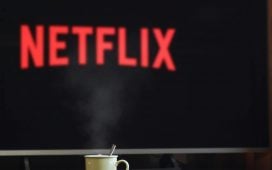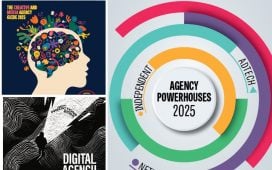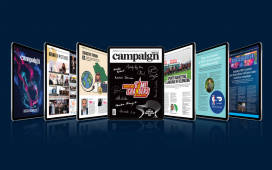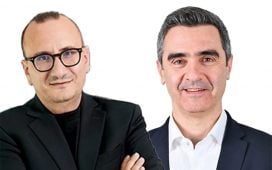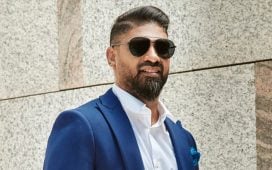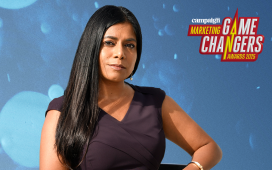Blue Ad Group’s Sergey Gorbatov reflects on how supportive the regulatory framework for OOH advertising is in Dubai.
Sergey Gorbatov, Group CEO of Blue Ad, shares his thoughts on how supportive the out-of-home (OOH) advertising landscape is, creativity and the future of digital out-of-home (DOOH) in Dubai.
What do you think of the future of digital OOH in Dubai?
Dubai currently has a relatively low proportion of DOOH compared to other countries. China, Germany, South Korea, and the US all see the share of digital between one-third and half of all OOH, while in Russia, Australia, and the UK, this share has already e
To continue reading this article you need to be registered with Campaign. Registration is free and only takes a minute. Register Now or sign in below if you already have an account.

